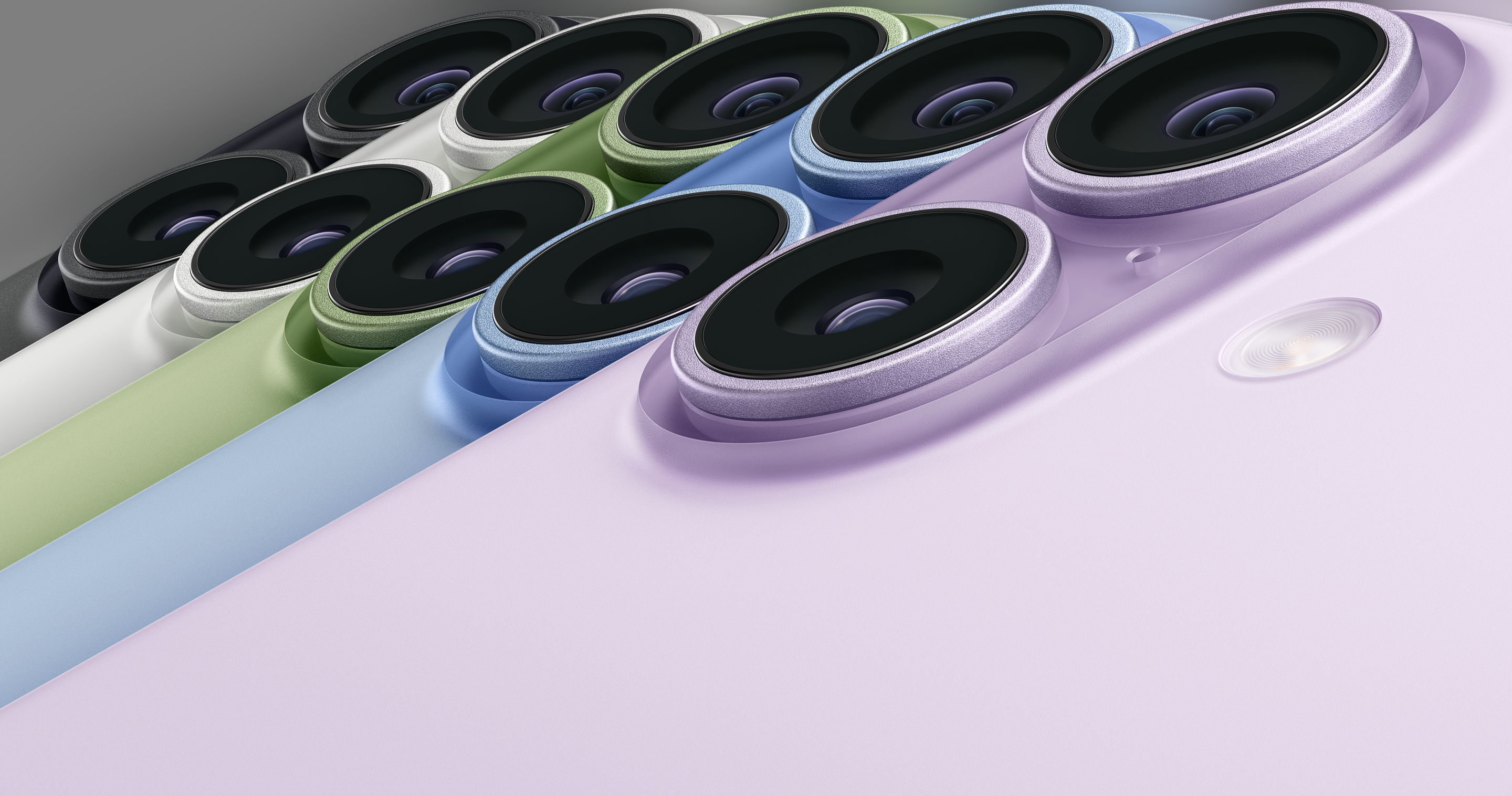The iPhone 17 is the most affordable of the four iPhones Apple launched at its September 2025 “Awe Dropping” event, and that automatically makes the most interesting to me. It may appear to be the most “boring” at first glance, but as I pointed out when I compared it with the iPhone Air, the iPhone 17 is probably the best new iPhone for most people. It’s priced well, is packed with nice new features including a 120Hz ProMotion display, and it gets most of the features usually reserved for more expensive iPhones. Here’s everything you need to know about the iPhone 17, and why you might want to upgrade to it.
iPhone 17 body, display, and weight
Credit: Apple
The iPhone 17 is the most colorful option among the four iPhones being launched in September 2025. You can choose from five different finishes, including Lavender, Sage (a green hue), Mist Blue, White and Black.
You get the 120Hz ProMotion display on this phone, which will make navigation and animations look smoother and was reserved for the Pro models until now. You’ll also be able to use it when you’re playing games or watching videos, and the phone can still drop the refresh rate to 1Hz when you’re not using it to conserve battery.
The iPhone 17 also has a slightly larger, 6.3-inch Super Retina XDR display with Ceramic Shield 2 for improved scratch protection. Thanks to that 1Hz support, the phone also works with Apple’s Always-On Display, which means that you can quickly check the time on it without switching on the screen.
Apple says the iPhone 17 is water resistant up to a depth of 6 meters for up to 30 minutes, too. This means that if you drop your phone in water, it should be safe as long as it’s within those limits.
Apple has still managed to keep this phone fairly light, at 6.24 ounces (177 grams). That makes it heavier than the iPhone Air (5.82 ounces or 165 grams), but it should still be reasonably easy to handle.
iPhone 17 processor
Credit: Apple
The iPhone 17 ships with Apple’s new A19 chip, and it’s the only one of the four new iPhones to use that. All other phones launched in Apple’s September 2025 event use the A19 Pro chip. The A19 has a 6-core CPU and a 5-core GPU with Neural Accelerators. At the time of writing, early Geekbench scores give us a fair idea of the A19’s performance. It appears to score around 7 to 8 percent more than the iPhone 16’s A18 chip. According to the same report, the iPhone 17 has 8GB of RAM. Apple doesn’t make RAM specs public, but benchmarking tools are a reliable indicator for this metric.
This phone supports 2 eSIMs and doesn’t have any physical SIM slots in the US. In some regions, such as India, the iPhone 17 has one physical SIM slot and one eSIM. In China, the iPhone 17 doesn’t support eSIMs at all and ships with two physical SIM slots instead.
iPhone 17 cameras
Credit: Apple
Apple has included two rear cameras on the iPhone 17, alongside the Center Stage front camera. The big news is that you don’t have to rotate your iPhone for landscape selfies any more. The Center Stage camera, which has an 18-megapixel sensor, uses AI to automatically adjust your frame to include more people in the shot if needed. It can take portrait and landscape selfies.
The rear camera setup has a 48-megapixel main sensor, and a 48-megapixel ultrawide lens. This means that you can take photos in 0.5x, 1x, and 2x shooting modes. The iPhone 17 supports Dual Capture, too, which allows you to record videos with the front and rear cameras at the same time. The rear cameras support macro photography and they can record videos in Dolby Vision up to 4K at 60fps.
iPhone 17 battery life
Credit: Apple
You can expect your iPhone 17 to easily last a full day on a single charge with moderate use. Apple says the device lasts for up to 30 hours with continuous video playback, which is higher than the iPhone Air (27 hours) or even the iPhone 16 Plus (also 27 hours). The iPhone 17 supports Apple’s MagSafe and Qi2 wireless charging. You can charge it from 0 to 50 percent in 30 minutes using a 30W or higher adapter paired with a MagSafe charger. If you buy Apple’s 40W charging adapter, your iPhone 17 will go from 0 to 50 percent within 20 minutes.
The smartphone has a USB-C port, but it only supports USB 2, which means that transfer speeds aren’t going to be as fast as that on the iPhone 17 Pro (which supports USB 3 with speeds up to 10Gb/s).
A good upgrade and a great price
Credit: Apple
The iPhone 17 overall looks like a solid upgrade with a better display, better battery life, and better cameras. It’s not a revolutionary product, but it won’t disappoint anyone who’s upgrading from an older phone. If your iPhone 16 series device is working fine, then you can probably continue using it for another year at least, but if you have an iPhone 12 Pro Max like I do, or an iPhone 15 or older device, then the 17 could be a great upgrade.
As someone looking to upgrade, at $799 for the 256GB variant, the iPhone 17’s price is particularly appealing to me considering all the features it has. The 512GB iPhone 17 is priced at $999 if you need more space, and that should be enough storage to handle everything you can throw at it.
